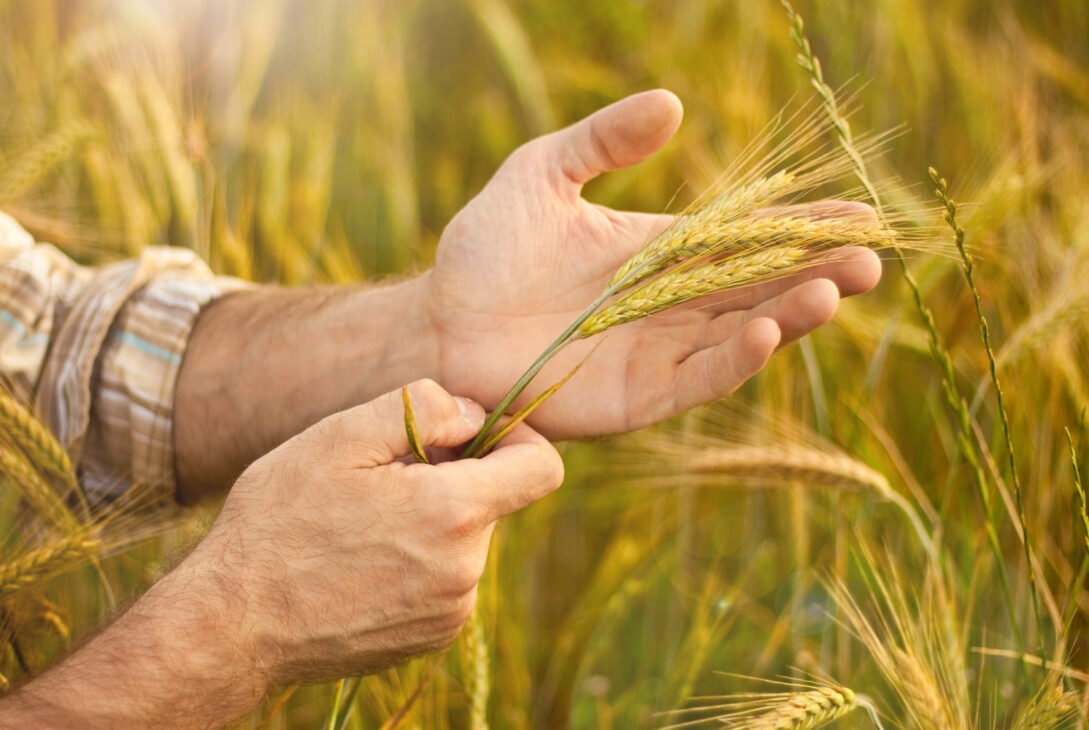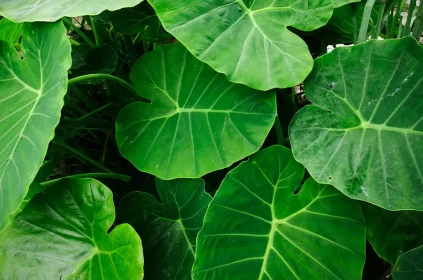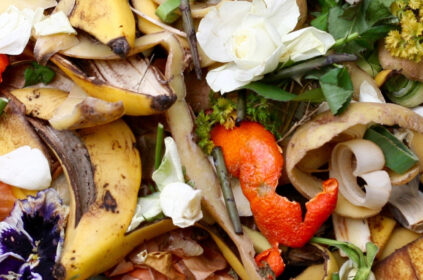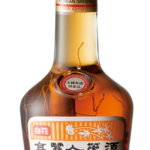It doesn’t hurt to remember: wheat is the most consumed cereal in the world. However, while it is essential, it is also one of the most wasted grains in the world. It’s time to think about solutions for wheat upcycling!
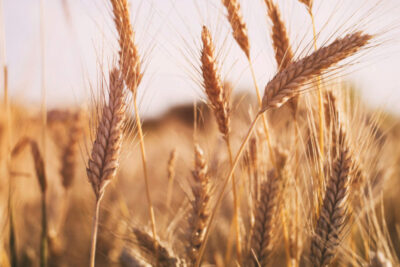
Image: AdobeStock
Many of the foods that are part of our daily diet have some amount of wheat in their list of ingredients: bread, cookies, cakes, pizza, beer, pasta, flour, cereal bars, sauces, and a long list…
Numbers speak for itself
Wheat production represents 30% of all cereal production in the world. And, according to research carried out by Banco do Nordeste, in Brazil, wheat production is 6.2 million tons annually.
Unfortunately, grain waste in the world reaches 458 million tons every year. In other words, 58% of what is produced is thrown away.

Basically, only wheat grains are used and everything else is discarded and, often, burned. Which can cause other environmental problems besides waste./ Image: MDPI
Embrapa (Brazilian Agricultural Research Company) states that a large part of the waste, at least in Brazil, occurs when transporting wheat between regions. Upcycling shows that there are ways to reduce this number.
Let the solutions come in
Upcycling will not always result in another food. For example, the company NovoFibre preferred to invest in the production of “wooden” panels, but in this case, made from wheat straw. That’s right, you know those wooden panels used to build houses, furniture, floors and coverings? Who said they have to be made of wood?

Decorative panels made with wheat fiber./Image: NovoFibre
NovoFibre uses wheat straw together with an adhesive, then this mixture is pressed to guarantee the safety and quality of the panel. Finally, a wax finish is applied to the top surface of the plates.
A strong point of wheat straw panels is that they have high heat resistance. All this, without cutting down any trees and still reusing wheat waste!
Let’s get down to business: upcycling wheat into food
Beer production is one of those that needs wheat the most. However, a lot of grain goes to waste in this process. With this in mind, the famous snack company in the United States, Rutherford & Meyer, decided to rescue the wheat left over from brewing to create tasty, upcycled chips.
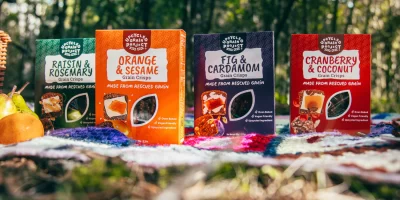
Snacks made with upcycled wheat grains./Image: Rutherford & Meyer
Wheat flour made from upcycled wheat
Another way to use discarded wheat in beer production is to make wheat flour. That’s right, the most basic product made with wheat can be produced with wheat that was previously considered trash. That’s exactly what Upcycled Foods, Inc founder Dan Kurzock did.
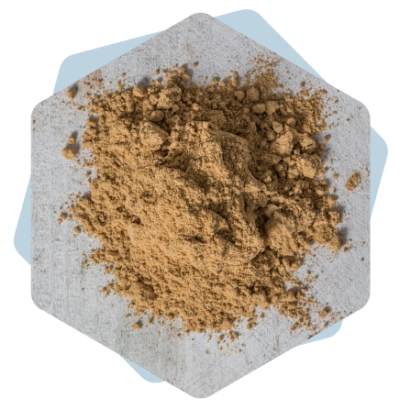
Wheat flour made from leftover wheat./Image: Upcyled Foods, Inc.
Furthermore, he explains that in addition to being environmentally friendly, recycled grain contains much more protein and fiber than common flour. It also says it even contains prebiotics to promote good digestion.
Finally, the difference when making your bread with upcycled wheat flour is the amount of liquid that will need to be adjusted in the recipe.
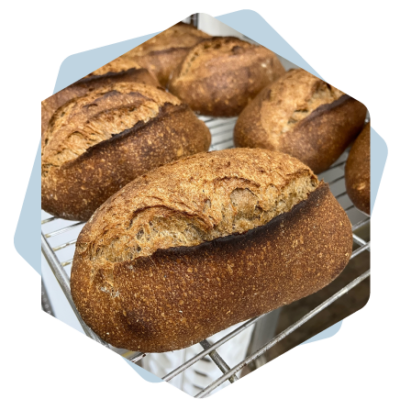
Bread made with upcycled wheat flour will also have a slight change in color, but it will still taste just like white bread!/ Image: Upcycled Foods, Inc.
What’s more, recycled flour has a different flavor that Kurzrock describes as ‘nutty and toasty’ and imparts a brown color and crunchier texture to foods. In other words, it is an ingredient that allows you to innovate in recipes.
Upcycled pasta
Now let’s go to a company that thought even further. After all, if it is possible to reuse wheat waste to make flour, it is also possible to produce something that uses flour as an ingredient.
Got confused? To summarize, we’re talking about noodles from The Supplant Company, and we’ve already written about the subject here.

Paste made from wheat stems, a part that is usually thrown away./ Image: The Supplant Company
This American company realized that it was possible to use the stem of the wheat plant in the same way as the grain. According to Supplant, its noodles maintain the flavor and texture of other flour-based pastas, but offer fewer calories and more fiber than regular flour.
Additionally, Supplant claims that by using both the grain and the stalk of wheat, the flour offers a healthier, higher fiber alternative.
Pasta packaging is also made from wheat
It’s not just pasta that can be produced with other parts of wheat other than the grain. The packaging too.
Makaria, a company that manufactures fresh frozen pasta, realized that with wheat fiber it was possible to also manufacture the pasta packaging itself, which is completely biodegradable and upcycled.
In addition to being good for the environment, reducing food waste and producing less plastic, the packaging is also super charming, with illustrations of the type of pasta each one contains on the lid. Take a look:

Image: AlvaradoDesign
You can even make tuna with wheat
UNLIMEAT, a South Korean company, saw in wheat fiber, which, as we have already said here, almost always ends up going to waste and only the grain is used, an opportunity to produce plant-based tuna.
UNLIMEAT tuna is a mixture of soy, wheat and oat fibers, as well as sunflower oil and vinegar. The surprise is that this combination means that the fish contains amounts of omega-3 almost equal to that of conventional tuna.
Wheat tuna comes in 3 flavors: original, vegetable and red pepper. Which of the 3 would you try?

Sandwich made with wheat tuna./ Image: Unlimeat
Upcycling wheat to produce sweetener
Sweetener is one of the most sought after alternatives for those who want to live a healthier life and reduce sugar in their diet.
However, this is not always the right choice. This is because, recently, the WHO (World Health Organization) declared that aspartame, one of the most common sweeteners in the world, is potentially carcinogenic. But don’t worry, new really beneficial options are hitting the market. And, even better, they are options that also care about sustainability.
Comet,, a British startup, is an example of this, creating a healthy sweetener made from wheat. More specifically wheat fiber.
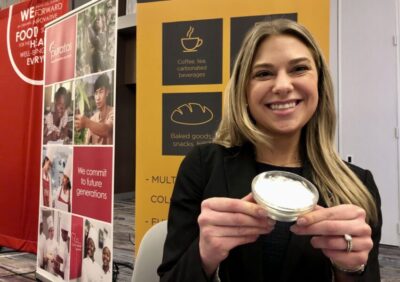
Sweetener made from Comet with wheat fiber can be used just like regular sweetener./ Image: Elaine Watson
It turns out that in wheat fiber we find arabinoxylan, a polysaccharide that offers several health benefits such as: glucose control and improving the immune system. Oh, and yes, arabinoxylan also sweetens foods and drinks.
Comet saves the wheat fiber from going to waste and extracts the sweetener with water-based technology. The idea is precisely to produce as little waste as possible.
There is no shortage of ideas
What we show you today are just a few examples of what many companies are doing to make the world more sustainable and still make money from it. Do you want your company to be the next success story? Talk to Upcycling Solutions to turn your production waste into profit!
Sources: Embrapa, Banco do Nordeste, Mashed, Agro em Dia, Globo, Green Queen, Ag Funder News

